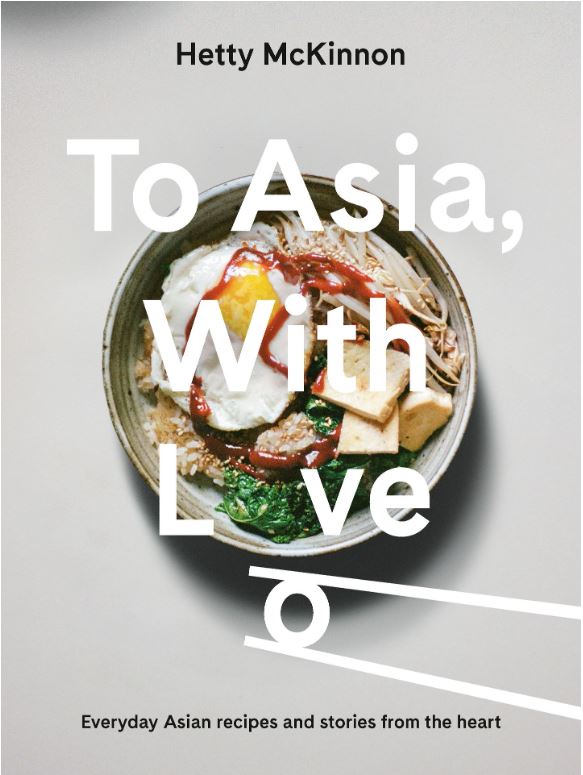Asian Food Stories: Exploring the Rich Culinary Heritage of Asia
Asian cuisine is a tapestry of flavors, textures, and stories that have been passed down through generations. From the aromatic spices of Indian curries to the delicate artistry of Japanese sushi, Asian food reflects the diverse cultures, histories, and traditions of the continent. In this article, we’ll delve into some of the most fascinating Asian food stories, exploring their origins, evolution, and how they have shaped the global culinary landscape. Whether you’re an experienced chef or a food enthusiast, understanding these stories can enhance your appreciation of Asian cuisine.

1. The Origin of Asian Cuisine
Asian food is as diverse as the continent itself. Each region has its own distinct style, techniques, and ingredients. However, common threads run through all of these culinary traditions, such as a reliance on fresh ingredients, balancing flavors, and the use of spices and herbs.
For instance, China is often credited as the birthplace of many iconic dishes like dim sum, hot pot, and Peking duck. Similarly, India is famous for its complex spice blends, which have been perfected over thousands of years. These culinary techniques and flavors have influenced neighboring countries and eventually traveled across the world.
Key Influences in Asian Cuisine
-
Trade Routes: Ancient trade routes, like the Silk Road, played a pivotal role in spreading ingredients, techniques, and culinary ideas between Asia and other parts of the world.
-
Religion and Culture: Religious practices in countries like India and Thailand influenced the preparation of food, with vegetarianism being a central theme in Hindu and Buddhist traditions.
As we dive deeper into specific countries and their food stories, we’ll uncover how these influences shaped the culinary landscape.
2. A Look at Regional Food Stories
2.1. China: The Art of Dim Sum and Regional Delights
Dim sum is a beloved tradition that traces its roots back to the Southern provinces of China. Historically, dim sum was served as a light snack for travelers along the Silk Road. Over time, it became a staple of Cantonese cuisine, with tea houses offering a wide variety of small, flavorful dishes.
Today, dim sum is enjoyed all over the world, and the tradition has expanded into a complete dining experience. From dumplings to steamed buns and sweet treats, each dish tells a story of regional ingredients and culinary expertise.
2.2. India: The Spice Legacy
Indian cuisine is renowned for its complex and aromatic spice blends. The use of turmeric, cumin, coriander, and garam masala is integral to creating the rich flavors found in dishes like butter chicken, biryani, and dal.
The story of Indian cuisine is intertwined with its rich history of spice trade. Spices from India, such as pepper and cardamom, were once some of the most sought-after commodities on the international market. The legacy of this spice trade is still alive today in the bold and flavorful dishes served in Indian homes and restaurants around the world.

2.3. Japan: The Elegance of Sushi and Kaiseki
Japanese cuisine is a perfect blend of simplicity and elegance. The art of sushi, which involves fresh fish and vinegared rice, has become one of Japan’s most recognized food exports. However, there’s more to Japanese culinary culture than just sushi.
Kaiseki, a multi-course meal, showcases the best of Japanese seasonal ingredients, prepared with precision and minimalism. The focus is on balancing taste, texture, and color, which reflects the Japanese philosophy of harmony with nature.
2.4. Korea: The Bold Flavors of Kimchi and BBQ
Korean cuisine is characterized by its bold flavors and fermentation techniques. Kimchi, a fermented vegetable dish, is a cornerstone of Korean food and has a rich history. It was originally developed as a way to preserve vegetables during the harsh winter months, but today, kimchi is a symbol of Korean culinary identity.
Korean BBQ (samgyeopsal) is another iconic dish, where diners grill their own meats at the table. This communal eating style fosters a sense of togetherness and hospitality, which is central to Korean culture.

3. The Role of Food in Asian Culture
Food in Asia is not just about sustenance; it is an integral part of culture, religion, and family life. Meals are often a social occasion, and food plays a central role in celebrations, festivals, and daily rituals.
In China, for instance, the concept of “food as medicine” is deeply ingrained in traditional practices like Chinese medicine and tea ceremonies. Foods are seen as healing tools that balance the body’s energy and maintain good health.
In India, food offerings are made to gods as part of religious rituals, and many festivals revolve around food, such as Diwali, the festival of lights, which features an array of sweets and savory dishes.
Food also plays a key role in bringing families together. In countries like Japan, Korea, and Vietnam, meals are often shared with family members as a way of strengthening bonds and fostering a sense of community.
4. Asian Food and Global Influence
As the world becomes more interconnected, Asian food has seen an explosion in popularity across the globe. From ramen to pad Thai, many dishes that originated in Asia have now become mainstream favorites in restaurants around the world.
Asian fusion cuisine has also gained traction, where chefs blend traditional Asian flavors with local ingredients and techniques. For example, in cities like Los Angeles and London, chefs experiment with Korean tacos, sushi burritos, and other creative fusions that reflect the global influence of Asian food.
One of the most notable trends is the rise of Asian street food. Inspired by the vibrant street food cultures of countries like Thailand, Malaysia, and Taiwan, these dishes offer a fast, flavorful experience that has captured the hearts of food lovers everywhere.
5. The Importance of Preserving Asian Food Stories
As Asian cuisine becomes more globalized, it’s important to preserve the traditional food stories that define each region’s culinary identity. Food storytelling is about more than just recipes; it’s about preserving the cultural significance of the dishes and understanding their historical context.
Chefs, food writers, and enthusiasts play an important role in documenting and sharing these stories. By learning about the origins of dishes like pho in Vietnam, sushi in Japan, and curry in India, we gain a deeper appreciation of the cultural heritage that has shaped these foods.

6. FAQs About Asian Food Stories
1. What are the key characteristics of Asian cuisine?
Asian cuisine is known for its bold flavors, emphasis on fresh ingredients, and balance of tastes such as sweet, sour, salty, and umami. It also incorporates techniques like stir-frying, steaming, and fermentation, which add layers of depth to dishes.
2. What is the history of dim sum?
Dim sum originated in southern China as a snack for travelers along the Silk Road. It evolved into a popular tea-time tradition in Cantonese culture, and today, dim sum is enjoyed worldwide in restaurants offering a variety of dumplings, buns, and sweet treats.
3. Why is kimchi so important in Korean cuisine?
Kimchi is a fermented dish made primarily from cabbage and radish, and it’s a staple in Korean food culture. It is rich in probiotics and essential vitamins, making it both a flavorful and nutritious addition to Korean meals.
4. How did Asian food influence global culinary trends?
Asian food has influenced global culinary trends through the spread of ingredients like soy sauce, rice, and spices, as well as through the popularization of dishes like sushi, ramen, and curry. Today, Asian fusion cuisine continues to blend traditional flavors with local ingredients.
5. Where can I learn more about Asian food stories?
To dive deeper into Asian food stories, consider reading cookbooks, watching documentaries, and visiting local Asian markets and restaurants. Many food experts and chefs share their experiences and recipes online, which is a great way to explore the rich history behind each dish.
From the streets of Bangkok to the markets of Tokyo, Asian food tells a story that goes beyond taste. It’s a narrative of culture, tradition, and innovation that continues to evolve. As these culinary stories spread across the globe, they invite us all to explore the diverse flavors of Asia and connect with the rich cultural tapestry they represent. Whether you’re enjoying a bowl of ramen or savoring Indian curries, these food stories remind us of the enduring legacy of Asian cuisine.




